Home>Garden Essentials>How Long Do Peppers Germinate
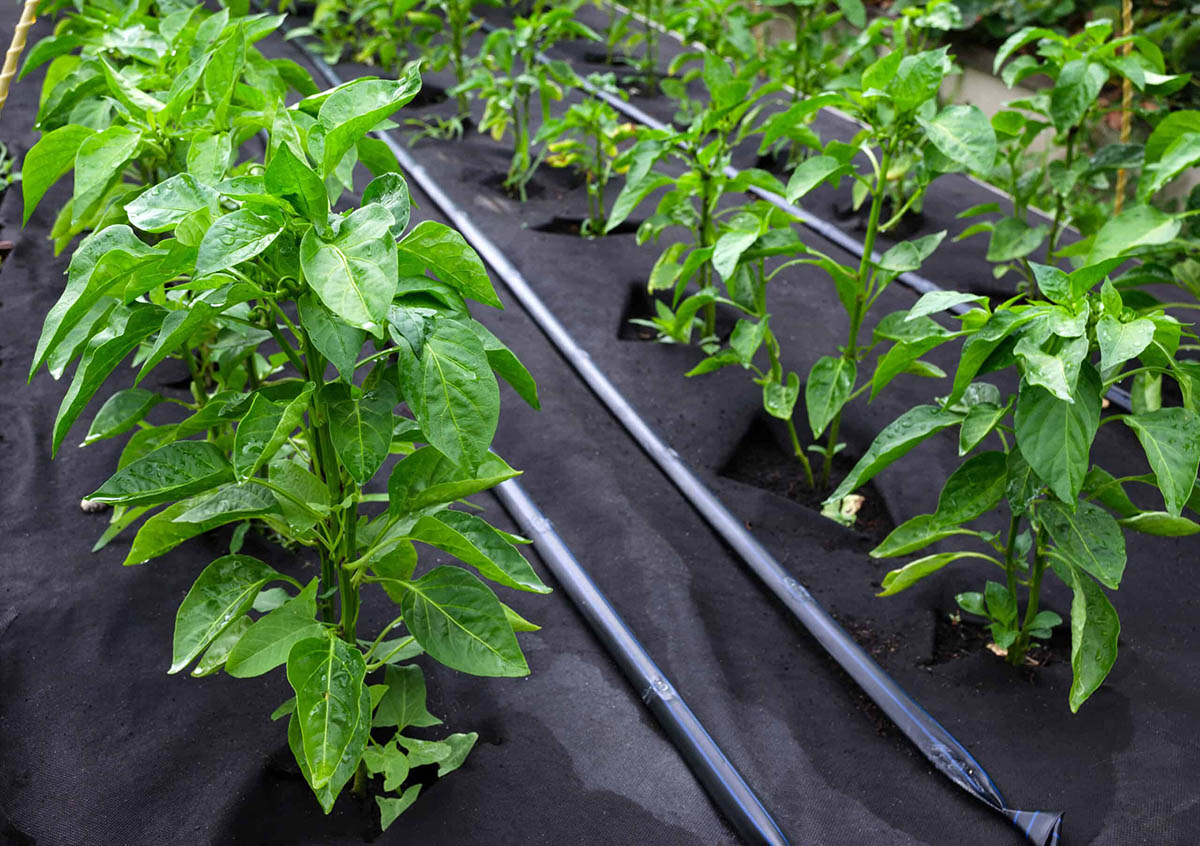

Garden Essentials
How Long Do Peppers Germinate
Modified: April 22, 2024
Learn how long peppers take to germinate in your garden. Discover tips and techniques for successful pepper seed germination.
(Many of the links in this article redirect to a specific reviewed product. Your purchase of these products through affiliate links helps to generate commission for Storables.com, at no extra cost. Learn more)
Introduction
Gardening enthusiasts and home growers are often eager to start their pepper plants from seeds. The process of germinating pepper seeds is an exciting and crucial step in successfully establishing a vibrant pepper garden. Understanding the factors that affect pepper germination and creating optimal conditions for the seeds to sprout will greatly increase the chances of a successful germination process.
Peppers, belonging to the Solanaceae family, are warm-season vegetables that come in various shapes, sizes, and spiciness levels. Whether you prefer sweet bell peppers or fiery chili peppers, germinating the seeds is the first step towards growing healthy pepper plants and eventually enjoying a bountiful harvest.
In this article, we will explore the factors that influence pepper germination, the optimal conditions required for successful germination, the germination period of different pepper varieties, as well as some tips and troubleshooting techniques to ensure a successful germination process.
Key Takeaways:
- Pepper seeds need warmth, moisture, and darkness to sprout. Patience and attention to detail are key for successful germination.
- Choosing high-quality seeds, providing optimal conditions, and troubleshooting issues are essential for a thriving pepper garden.
Read more: How Long Do Bell Peppers Take To Germinate
Factors Affecting Pepper Germination
Pepper germination is influenced by a variety of factors, and understanding these factors will help gardeners create the ideal conditions for successful seed sprouting. Here are some key factors that affect pepper germination:
- Temperature: Pepper seeds require a warm environment to germinate. The optimal temperature range for pepper germination is between 75-85 degrees Fahrenheit (24-29 degrees Celsius). Temperatures below 60 degrees Fahrenheit (15 degrees Celsius) can significantly slow down the germination process or even inhibit it altogether. Using a heat mat or placing the seed tray in a warm location can help maintain the required temperature.
- Moisture: Adequate moisture is essential for pepper seeds to successfully germinate. The soil or germination medium should be consistently moist but not waterlogged. Overly wet conditions can lead to fungal diseases and root rot, while dry conditions can prevent seed germination. Proper watering techniques, such as misting or using a spray bottle, can help maintain the optimal moisture levels throughout the germination period.
- Light: Pepper seeds do not require light to germinate, and in fact, darkness can actually promote germination. Therefore, it is common practice to cover the seeds with a thin layer of soil or germination mix to keep them in the dark during the early stages. Once the seeds have sprouted and the seedlings emerge, they will require ample light to continue their growth and development.
- Seed Quality: The quality of the pepper seeds used plays a crucial role in germination success. It is important to select fresh, viable seeds from a reputable source. Older or low-quality seeds may have reduced germination rates and lower overall viability. Conducting a germination test prior to sowing can help determine the seed viability and adjust the sowing rate accordingly.
- Seed Depth: Pepper seeds are relatively small and should not be buried too deep into the soil. A general rule of thumb is to plant the seeds at a depth that is approximately two times their size. This allows the seedlings to break through the soil surface easily and emerge without much difficulty.
By taking these factors into consideration and optimizing the conditions accordingly, gardeners can greatly increase the chances of successful pepper seed germination. Creating a warm and moist environment, providing adequate darkness during the germination period, and using high-quality seeds are all important steps towards a successful germination process. With these factors in mind, let’s explore the optimal conditions for pepper germination in the next section.
Optimal Conditions for Pepper Germination
To ensure successful pepper germination, providing optimal conditions is crucial. By optimizing environmental factors such as temperature, moisture, and light, gardeners can create an ideal environment for pepper seeds to sprout and thrive. Here are the optimal conditions for pepper germination:
- Temperature: Pepper seeds require a consistent temperature between 75-85 degrees Fahrenheit (24-29 degrees Celsius) for optimal germination. Maintaining a warm and stable temperature is essential. Using a heat mat or placing the seed tray in a warm area can help regulate the temperature and promote faster germination.
- Moisture: Pepper seeds need consistent moisture, but not excessive watering. Proper watering techniques include misting the soil or using a spray bottle to prevent waterlogged conditions. Keep the soil moist throughout the germination period, ensuring that it doesn’t dry out or become saturated.
- Light: Pepper seeds do not require light to germinate. In fact, darkness can enhance germination rates. Cover the seeds with a thin layer of soil or germination mix to keep them in the dark. Once the seedlings have emerged, they will need ample light for healthy growth. Place them in a sunny location or use grow lights to provide sufficient light intensity.
- Air Circulation: Adequate air circulation is important to prevent excessive moisture and fungal problems. Ensure proper ventilation in the germination area by using a fan or opening windows periodically. However, avoid drafts that may disrupt the germination process.
- Growing Medium: Use a well-draining and sterile germination mix or potting soil. This will provide an ideal medium for the seeds to establish healthy roots without the risk of diseases or seedling damping-off. Avoid heavy soils or those that retain too much moisture.
By creating these optimal conditions, gardeners can significantly increase the chances of successful pepper germination. Monitoring and maintaining the right temperature, moisture levels, and darkness during the germination period will promote quick seed sprouting and healthy seedling growth. Remember to adjust these conditions as the seedlings develop and transition to the next stage of growth.
In the next section, we will explore the typical germination periods for different pepper varieties.
Germination Period of Different Pepper Varieties
The germination period for pepper seeds can vary depending on the variety and environmental conditions. While some pepper varieties may sprout within a week, others may take up to three weeks or more. Understanding the typical germination period for different pepper varieties can help gardeners be patient and know what to expect. Here are some common pepper varieties and their typical germination periods:
- Bell Peppers: Bell peppers, known for their sweet and crisp flavor, usually have a germination period of about 7-14 days. However, it is not uncommon for some bell pepper seeds to take up to 2-3 weeks to sprout. Patience is key when germinating bell pepper seeds.
- Jalapeno Peppers: Jalapeno peppers, known for their medium-spicy heat, typically have a germination period of around 10-14 days. These seeds may sprout a bit faster compared to bell peppers, but variations can still occur depending on growing conditions.
- Habanero Peppers: Habanero peppers, famous for their intense heat and fruity flavor, have a slightly longer germination period of about 14-21 days. These seeds may require a bit more time and patience, but the vibrant and spicy habanero peppers are worth the wait.
- Cayenne Peppers: Cayenne peppers, known for their fiery heat, typically have a similar germination period as bell peppers, taking around 7-14 days. These seeds are often more consistent in their sprouting time, making them a reliable choice for gardeners.
- Thai Peppers: Thai peppers, famous for their small size and intense spiciness, can have a germination period of about 10-14 days. These seeds can be a bit slower to sprout compared to some other pepper varieties, so it’s important to provide optimal growing conditions to ensure successful germination.
It’s important to note that these germination periods are just estimates, and variations can occur due to factors such as temperature, moisture, seed quality, and individual seed characteristics. Some seeds may sprout earlier, while others may take a bit longer.
Monitoring the progress of the seeds and providing the necessary care and attention throughout the germination period will help ensure a successful outcome. By understanding the typical germination periods of different pepper varieties, gardeners can plan their planting schedule accordingly and have realistic expectations for seed sprouting.
In the next section, we will provide some tips for successful pepper germination to further increase your chances of a successful seed sprouting process.
Pepper seeds typically germinate in 7-14 days when kept in a warm, moist environment. To speed up the process, you can pre-soak the seeds in water for 24 hours before planting. Keep the soil consistently moist, but not waterlogged, to encourage germination.
Tips for Successful Pepper Germination
Germinating pepper seeds can be a rewarding but sometimes challenging process. To increase your chances of successful germination and ensure healthy seedling development, here are some tips to follow:
- Start with high-quality seeds: Choose fresh, viable pepper seeds from a reputable source. Older or low-quality seeds may have lower germination rates and reduced viability. Conduct a germination test before sowing to determine the seed viability and adjust the sowing rate accordingly.
- Pre-soak the seeds (optional): Some gardeners find success in pre-soaking pepper seeds for 24 hours before sowing. This can help soften the seed coat and speed up the germination process. However, not all pepper varieties require pre-soaking, so it’s best to research the specific needs of your chosen variety.
- Provide optimal temperature: Pepper seeds require warm temperatures for germination. Use a heat mat or place the seed tray in a warm location with consistent temperatures between 75-85 degrees Fahrenheit (24-29 degrees Celsius). Avoid exposing the seeds to extreme temperature fluctuations, as this can hinder germination.
- Maintain consistent moisture: Pepper seeds need consistent moisture for successful germination. Keep the soil or germination medium consistently moist but not waterlogged. Avoid overwatering, as it can lead to fungal diseases and root rot. Regularly mist the soil or use a spray bottle to ensure uniform moisture levels.
- Ensure proper drainage: Good drainage is essential to prevent waterlogged conditions that can inhibit seed germination. Use well-draining soil or germination mix. If using containers, ensure they have drainage holes to allow excess water to escape.
- Provide darkness during germination: Pepper seeds do not require light during the germination process. Cover the seeds with a thin layer of soil or germination mix to keep them in the dark. Once the seedlings emerge, provide ample light for their healthy growth.
- Be patient and don’t give up: Some pepper varieties may take longer to germinate than others. Be patient and avoid disturbing the seeds or prematurely discarding them. Keep providing the optimal conditions and give the seeds enough time to sprout. Remember that gardening requires patience, but the reward is well worth it.
By following these tips, you can increase the chances of successful pepper germination and ensure healthy seedling growth. Remember to monitor the progress of the seeds, adjust the conditions as needed, and provide proper care and attention throughout the germination period.
While most issues can be resolved with the right techniques, it’s important to be prepared for any challenges that may arise during the germination process. In the next section, we will discuss some common germination issues and how to troubleshoot them effectively.
Troubleshooting Common Germination Issues
Germinating pepper seeds doesn’t always go as smoothly as planned. Several common issues can arise during the germination process, but with some troubleshooting techniques, you can overcome these challenges and improve your chances of success. Here are some common germination issues and how to troubleshoot them:
- Poor germination rates: If you notice low germination rates or a significant number of seeds failing to sprout, it may be due to factors such as old or low-quality seeds, improper temperature, inadequate moisture, or poor seed-to-soil contact. Ensure you are using fresh, viable seeds and maintaining the optimal temperature and moisture conditions. Conduct a germination test beforehand to assess seed viability. If necessary, adjust the sowing depth and ensure good seed-to-soil contact by gently pressing the seeds into the soil.
- Damping-off: Damping-off is a fungal disease that can affect young pepper seedlings. It manifests as damping, wilting, or rotting of the seedlings. To prevent damping-off, make sure to use sterile soil or germination mix, avoid overwatering, provide proper air circulation, and ensure adequate spacing between seedlings. If damping-off is already present, remove affected seedlings and improve ventilation to reduce humidity levels.
- Slow germination: Some pepper varieties naturally have longer germination periods, but if you notice significantly slow germination across the board, it may indicate suboptimal conditions. Check that the temperature is consistently within the recommended range and ensure adequate moisture levels without waterlogging. Double-check that the seeds are viable and consider using a heat mat to provide a warmer environment. Be patient and allow sufficient time for the seeds to germinate.
- Inconsistent germination: Inconsistencies in germination, where some seeds sprout while others do not, can be attributed to variations in factors such as seed quality, temperature, or moisture levels. Check the overall conditions to ensure they are optimal for germination. If some seeds have not sprouted while others have, give them additional time before considering them non-viable. In some cases, re-sowing a few additional seeds may help maximize your chances of successful germination.
- Seedling legginess: Leggy seedlings are tall and thin with weak stems, usually caused by insufficient light. Ensure that your pepper seedlings receive adequate light intensity by placing them in a sunny location or using grow lights. Adjust the light source as necessary to keep the seedlings at a proper distance, promoting stronger stem growth. Rotating the trays regularly can also prevent seedlings from reaching towards a single light source.
By troubleshooting these common germination issues promptly, you can address the problems and help your pepper seeds successfully sprout and grow into healthy seedlings. Remember to adjust the conditions, provide proper care, and be attentive to the needs of the seedlings as they progress in their growth journey.
With these troubleshooting techniques in mind, you are now equipped to tackle any challenges that may arise during the germination process. In the final section, we will conclude our article with a summary and closing thoughts.
Conclusion
Germinating pepper seeds is an exciting and essential step towards a successful pepper garden. By understanding the factors that affect pepper germination and creating optimal conditions, gardeners can increase the chances of successful seed sprouting and healthy seedling development.
Factors such as temperature, moisture, light, seed quality, and seed depth play crucial roles in pepper germination. It’s important to provide a warm and consistent temperature, maintain proper moisture levels, provide darkness during germination, use high-quality seeds, and plant them at the appropriate depth.
Different pepper varieties have varying germination periods, ranging from 7-21 days. Being patient and allowing the necessary time for the seeds to sprout is essential. Monitoring the progress and adjusting the conditions accordingly will help ensure successful germination.
Additionally, following tips such as starting with high-quality seeds, pre-soaking (if necessary), and providing optimal temperature and moisture levels can further increase the chances of successful pepper germination. Troubleshooting common issues like poor germination rates, damping-off, slow germination, inconsistent germination, and leggy seedlings can help overcome challenges and ensure healthier seedling growth.
Remember that gardening requires patience and attention to detail. Each step, from germination to seedling care, plays a vital role in the overall success of your pepper garden. Enjoy the process, learn from any setbacks, and celebrate the reward of harvesting homegrown peppers.
With the knowledge and techniques shared in this article, you are well-equipped to embark on your pepper germination journey and enjoy the satisfaction of growing your own vibrant pepper plants.
Frequently Asked Questions about How Long Do Peppers Germinate
Was this page helpful?
At Storables.com, we guarantee accurate and reliable information. Our content, validated by Expert Board Contributors, is crafted following stringent Editorial Policies. We're committed to providing you with well-researched, expert-backed insights for all your informational needs.
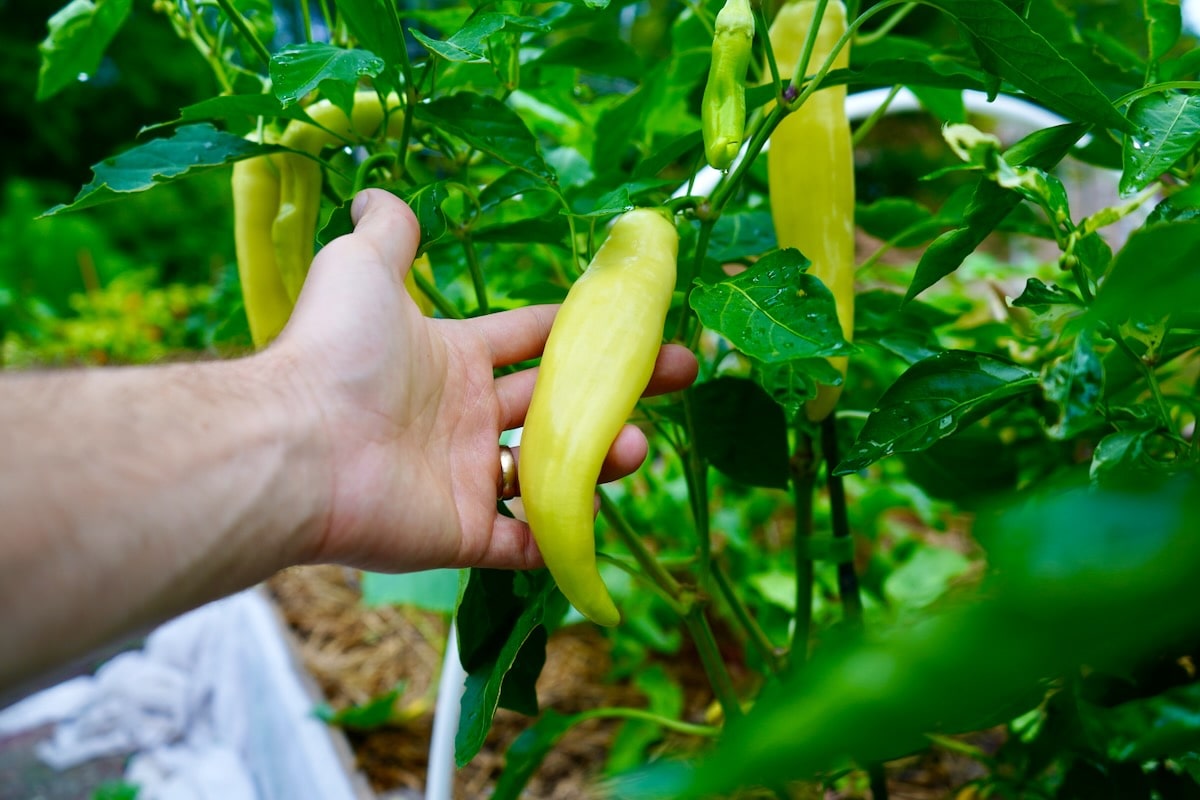
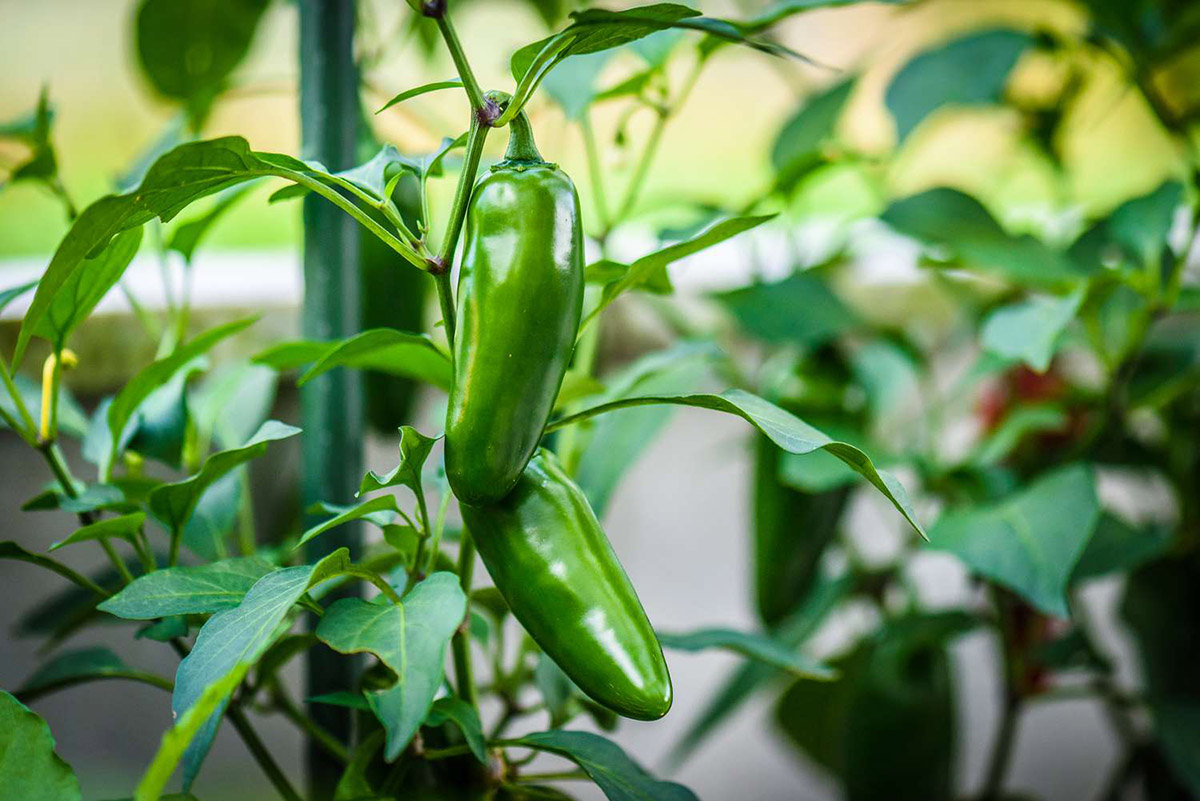
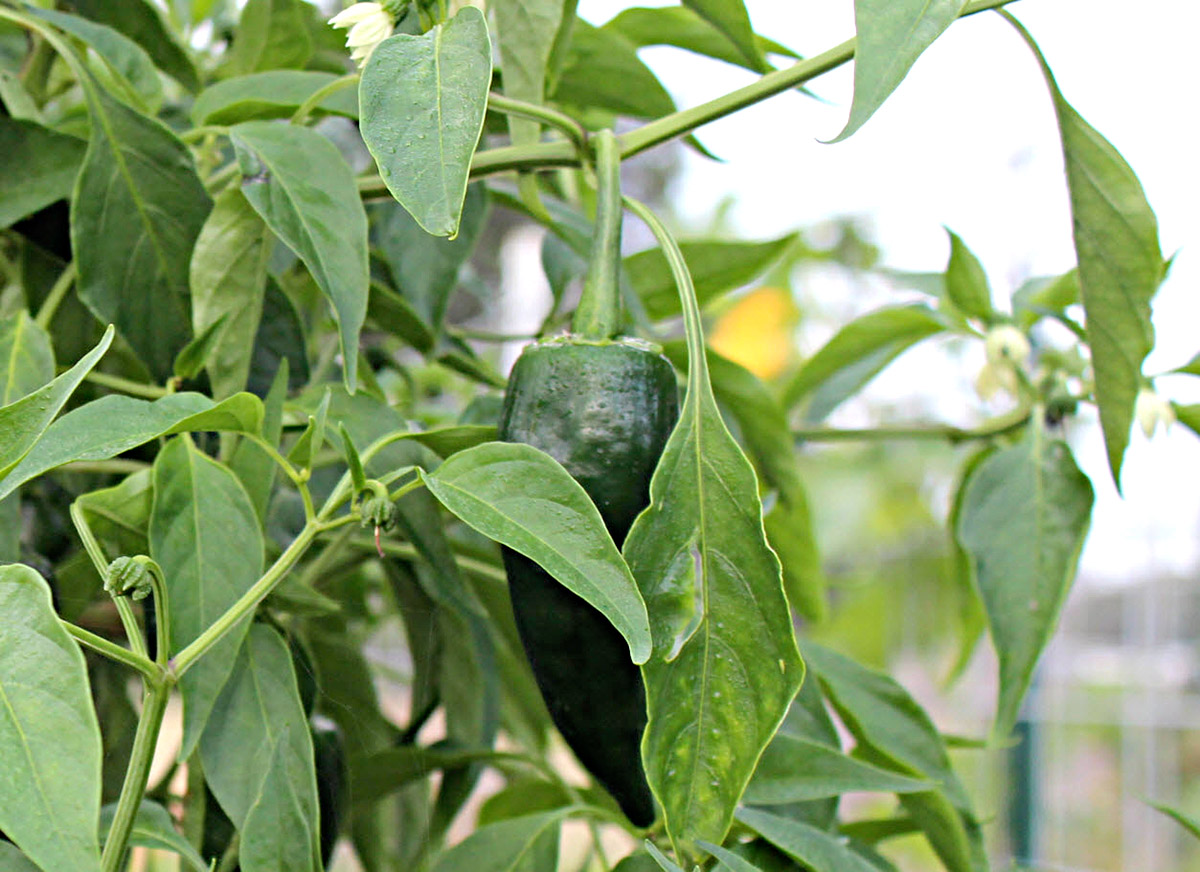
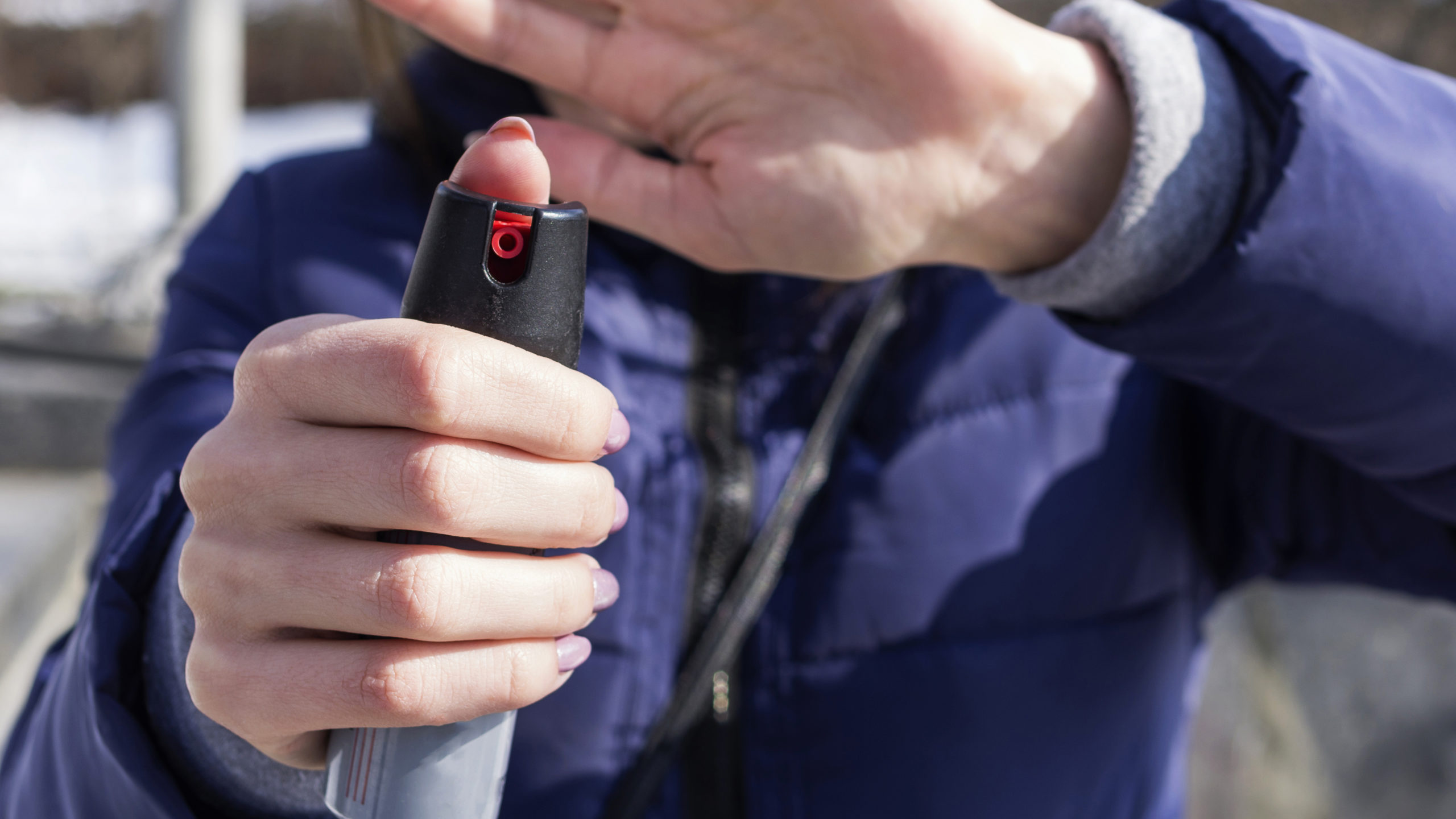
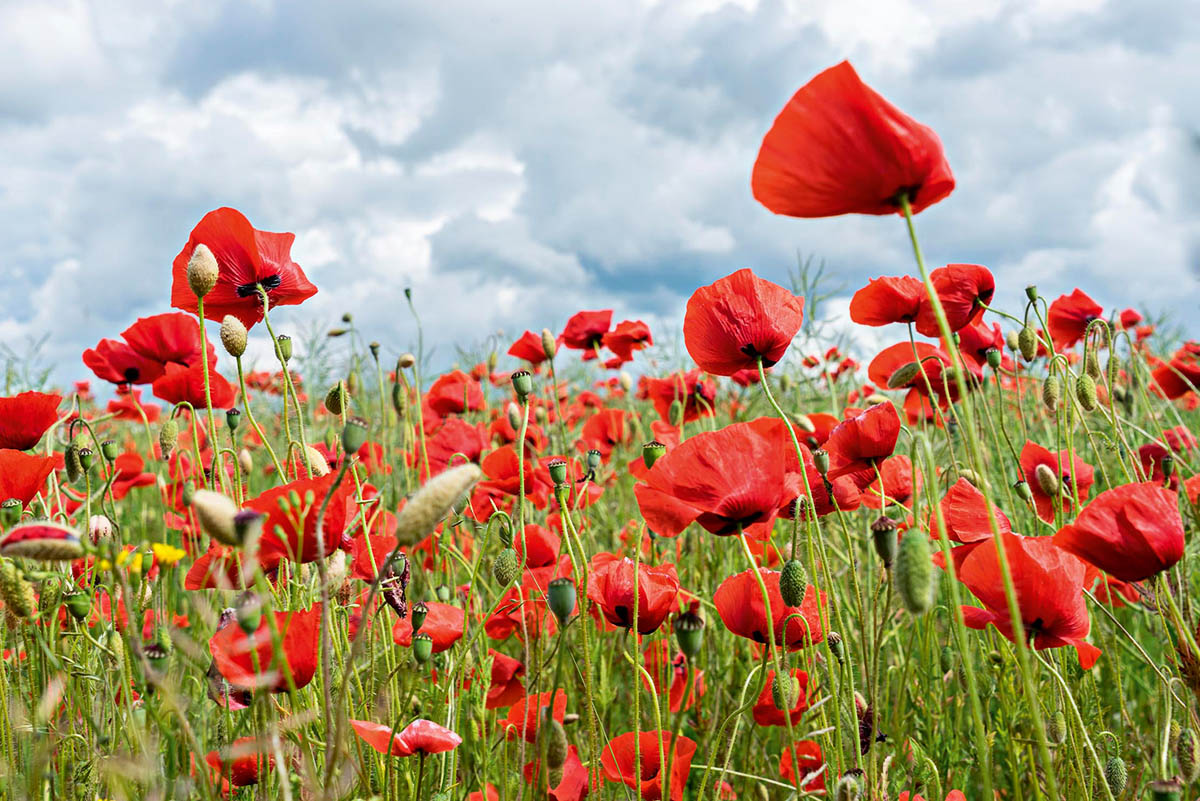
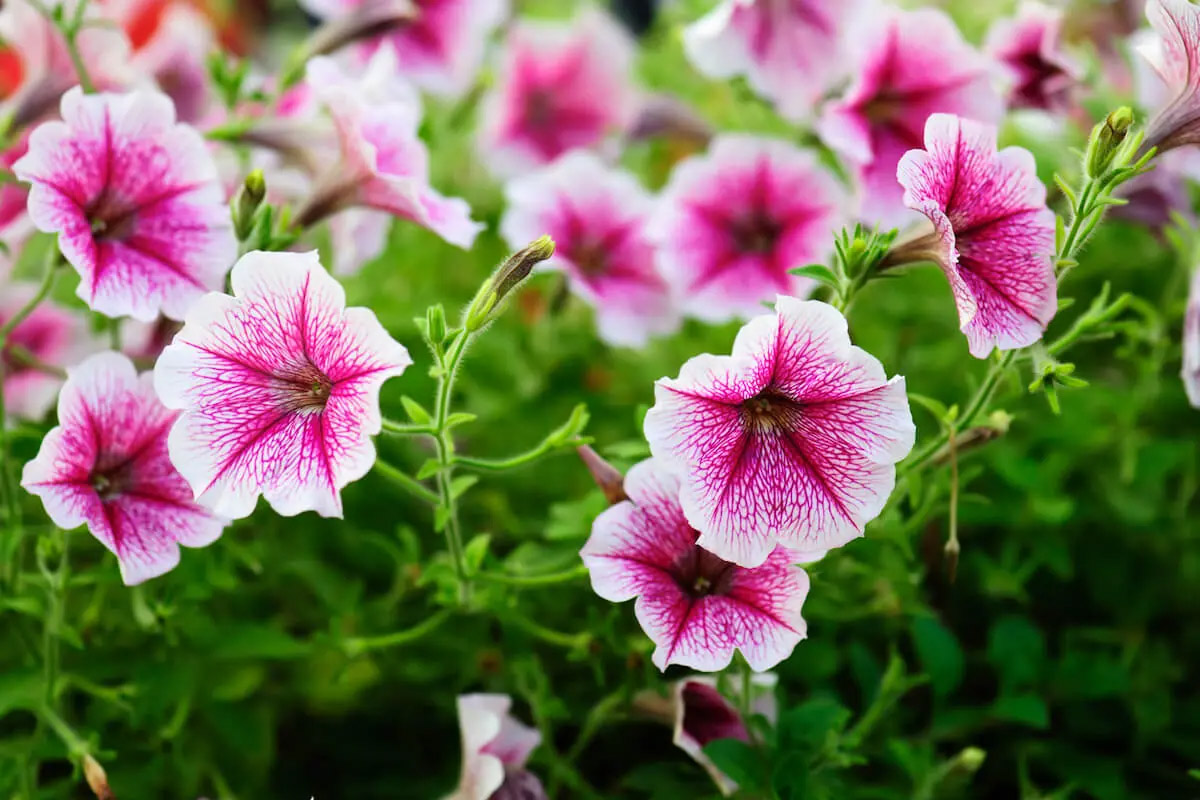
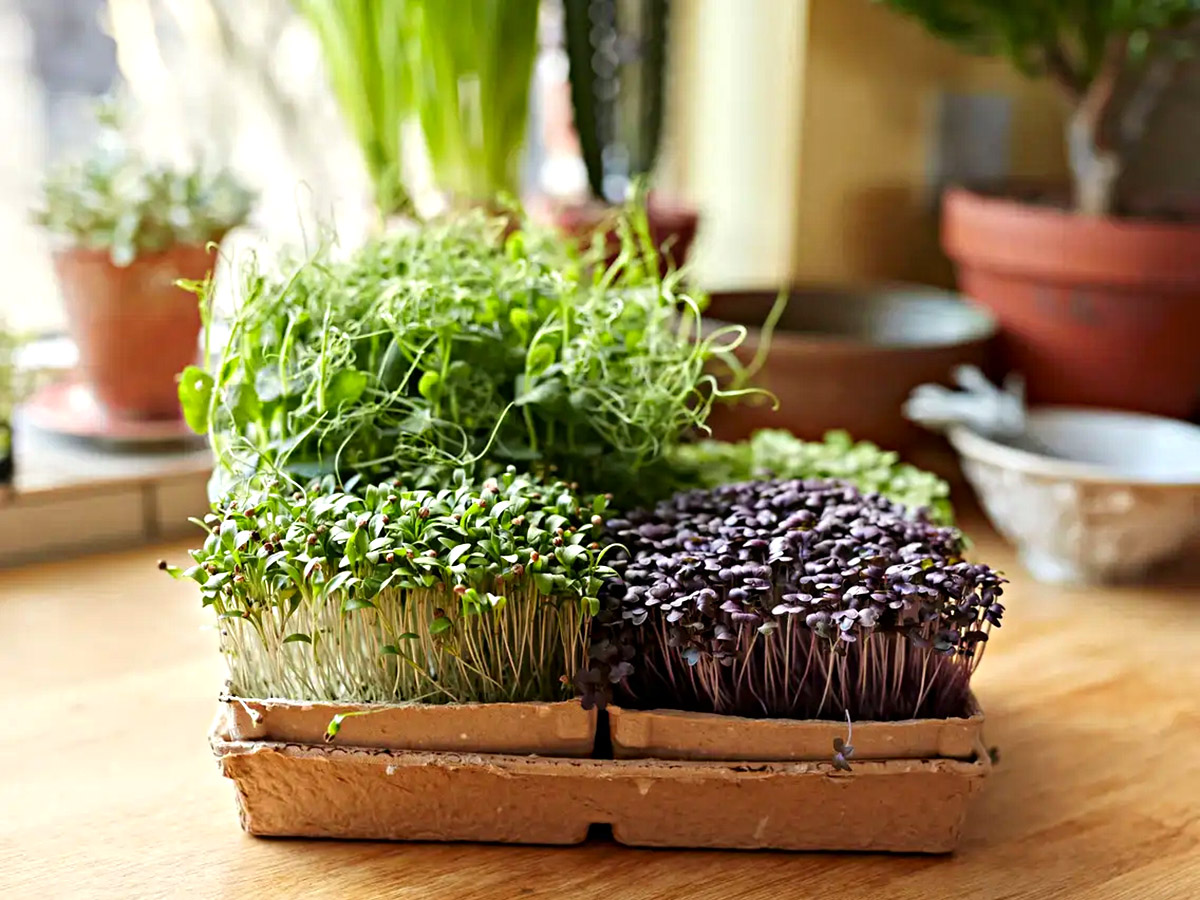
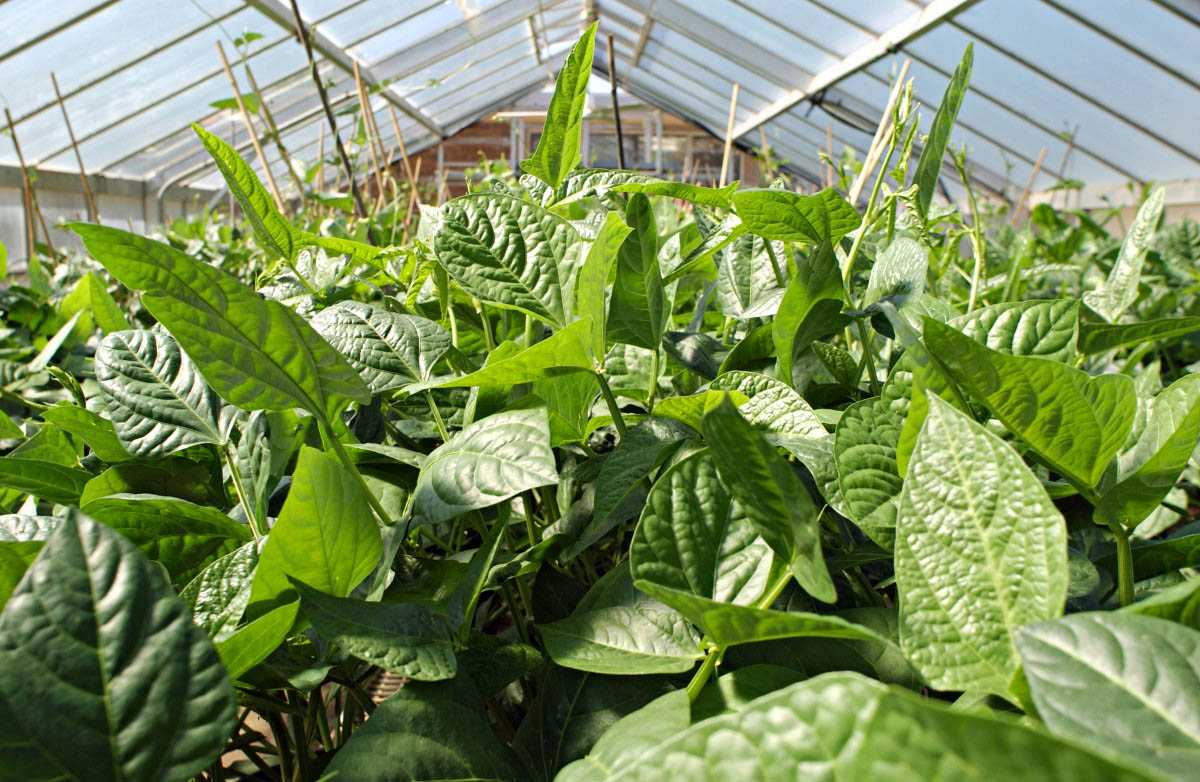
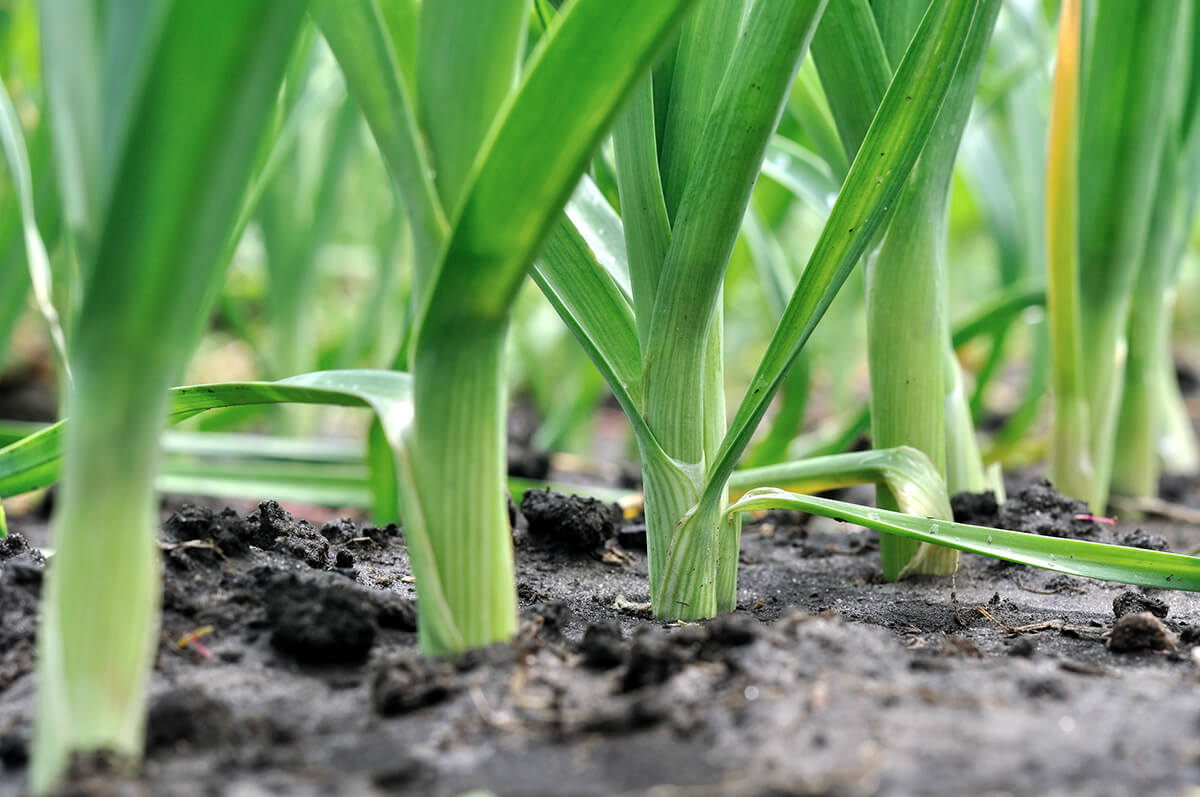
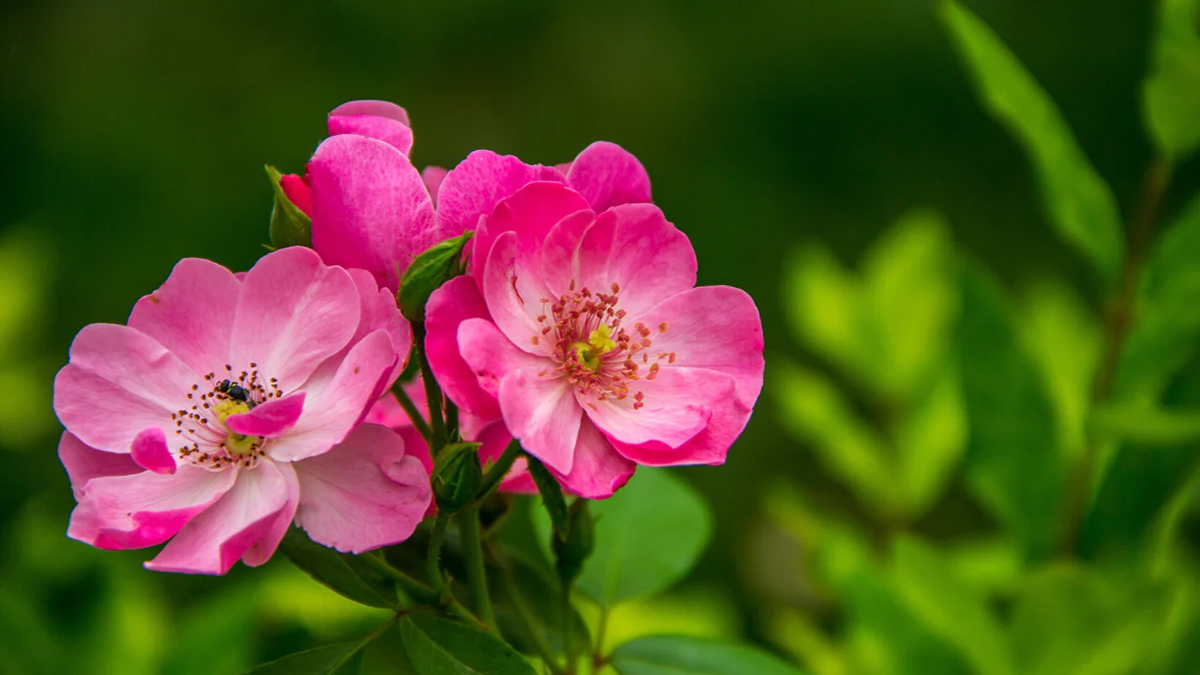
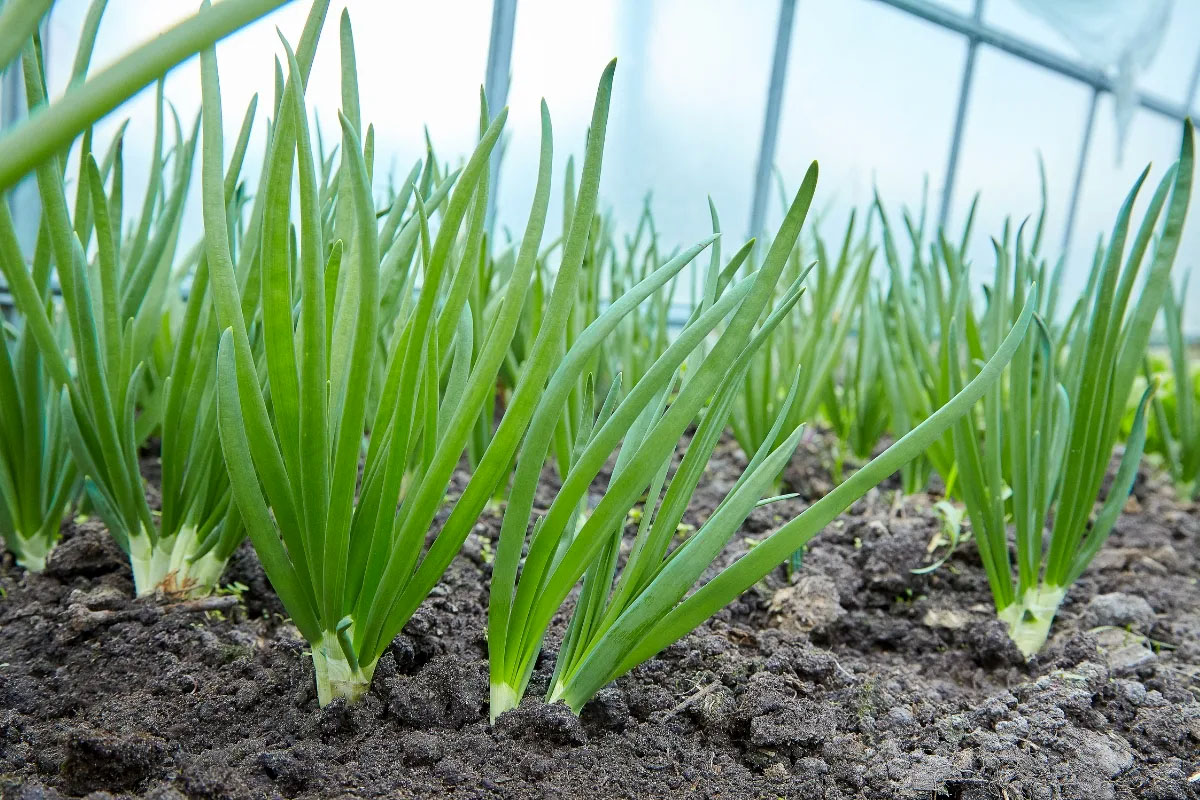
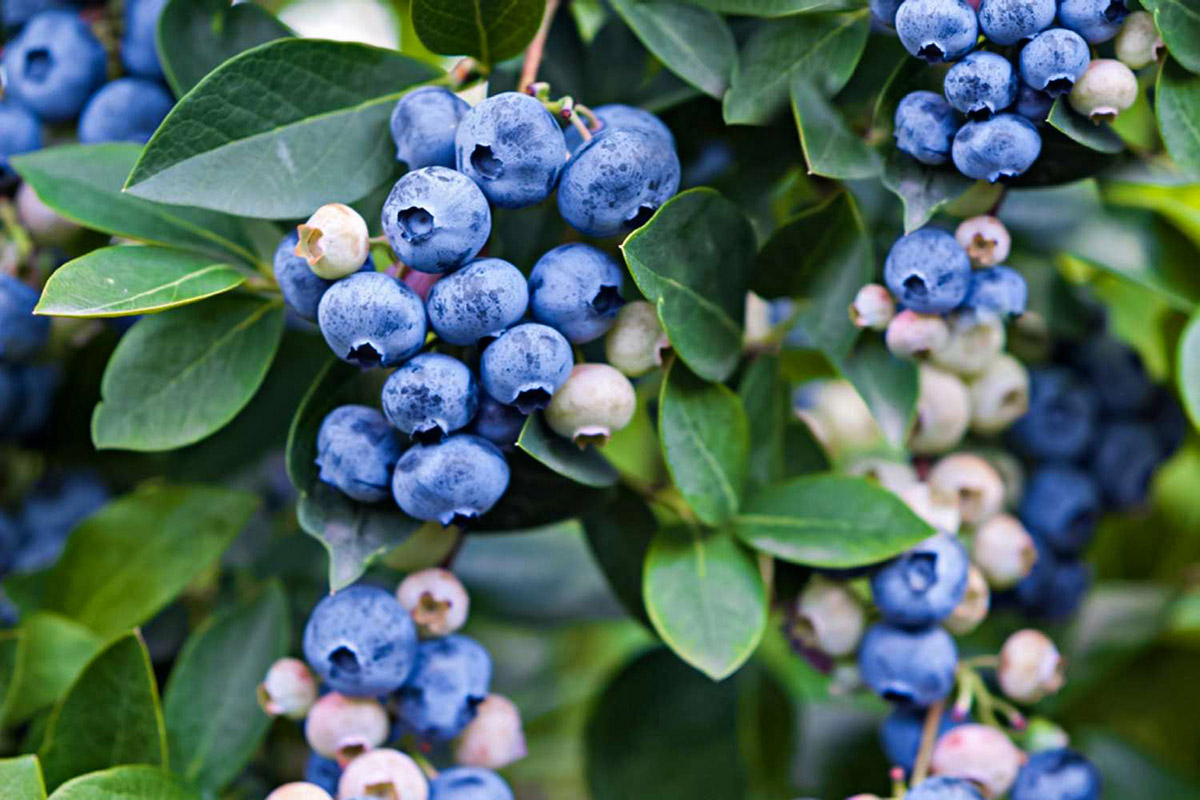
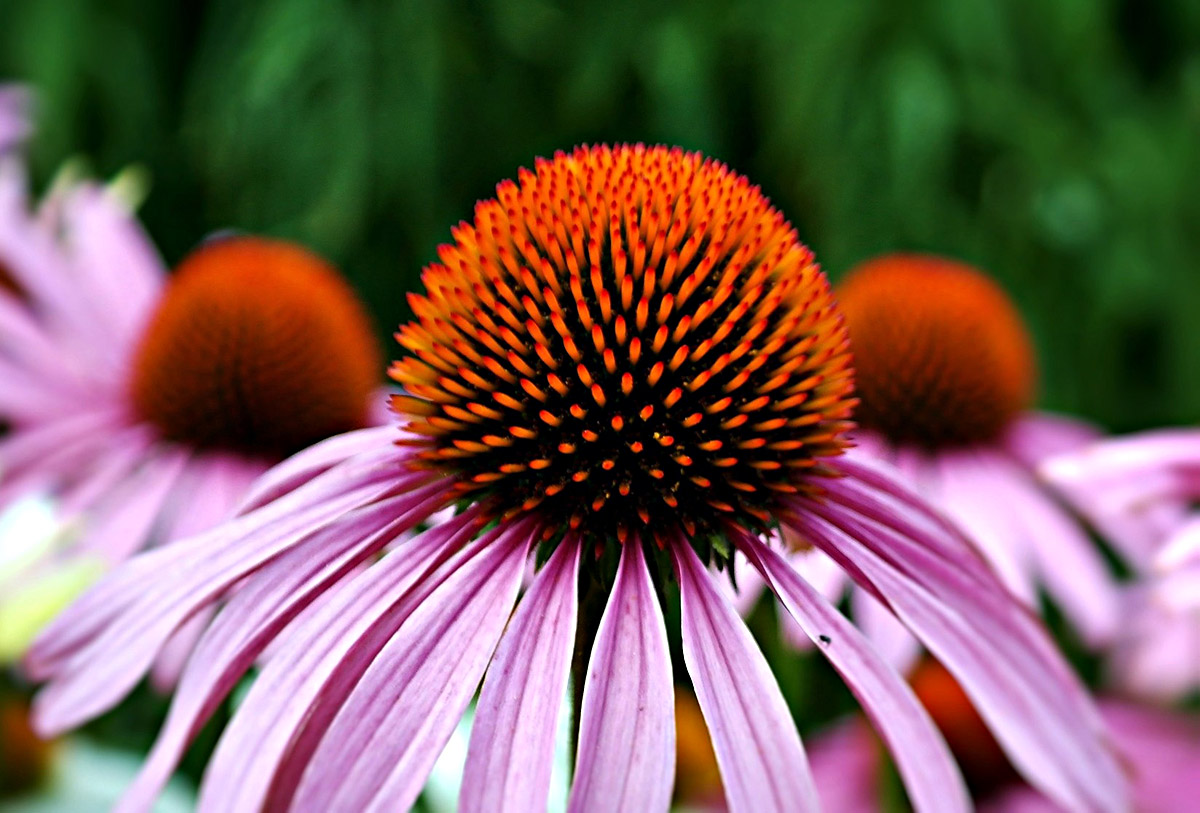
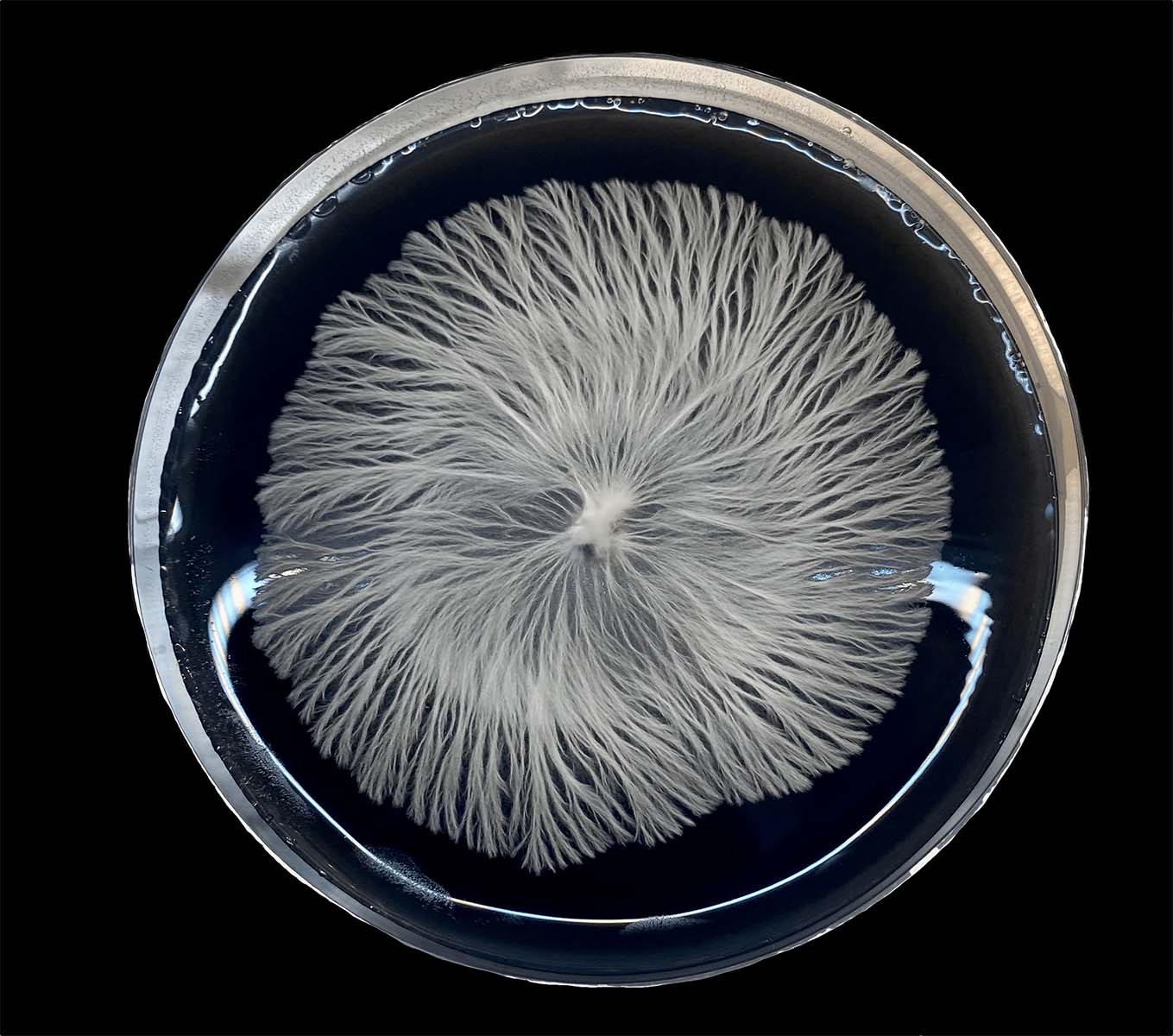

0 thoughts on “How Long Do Peppers Germinate”